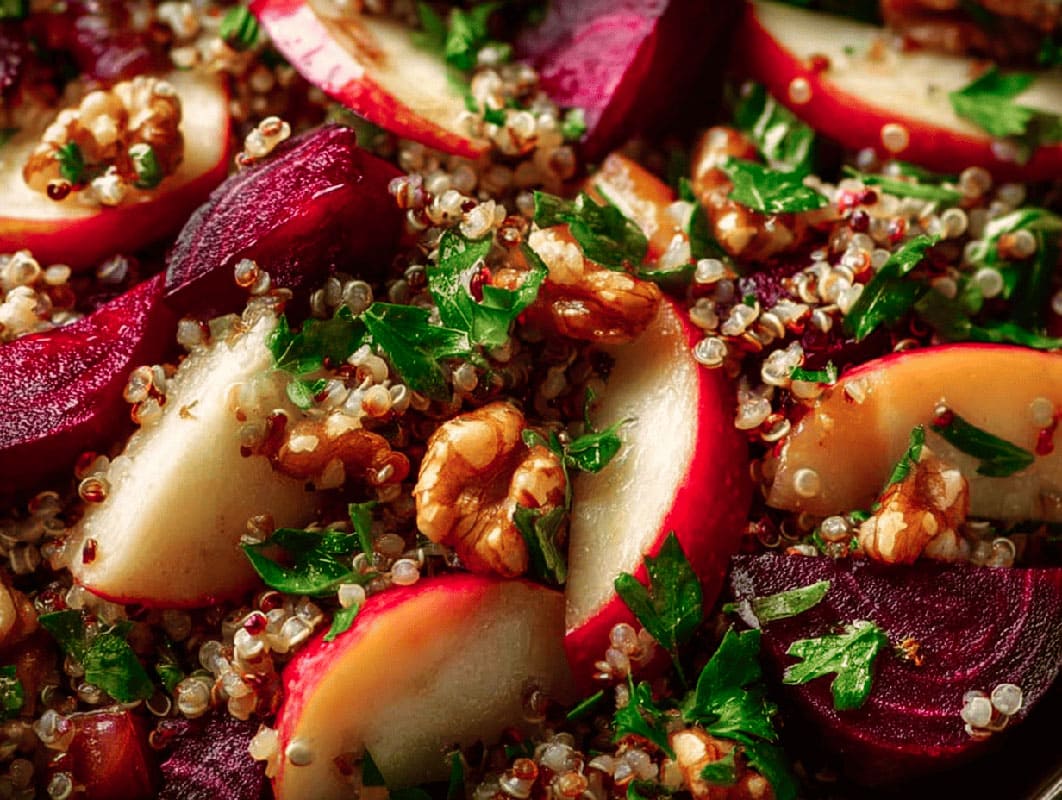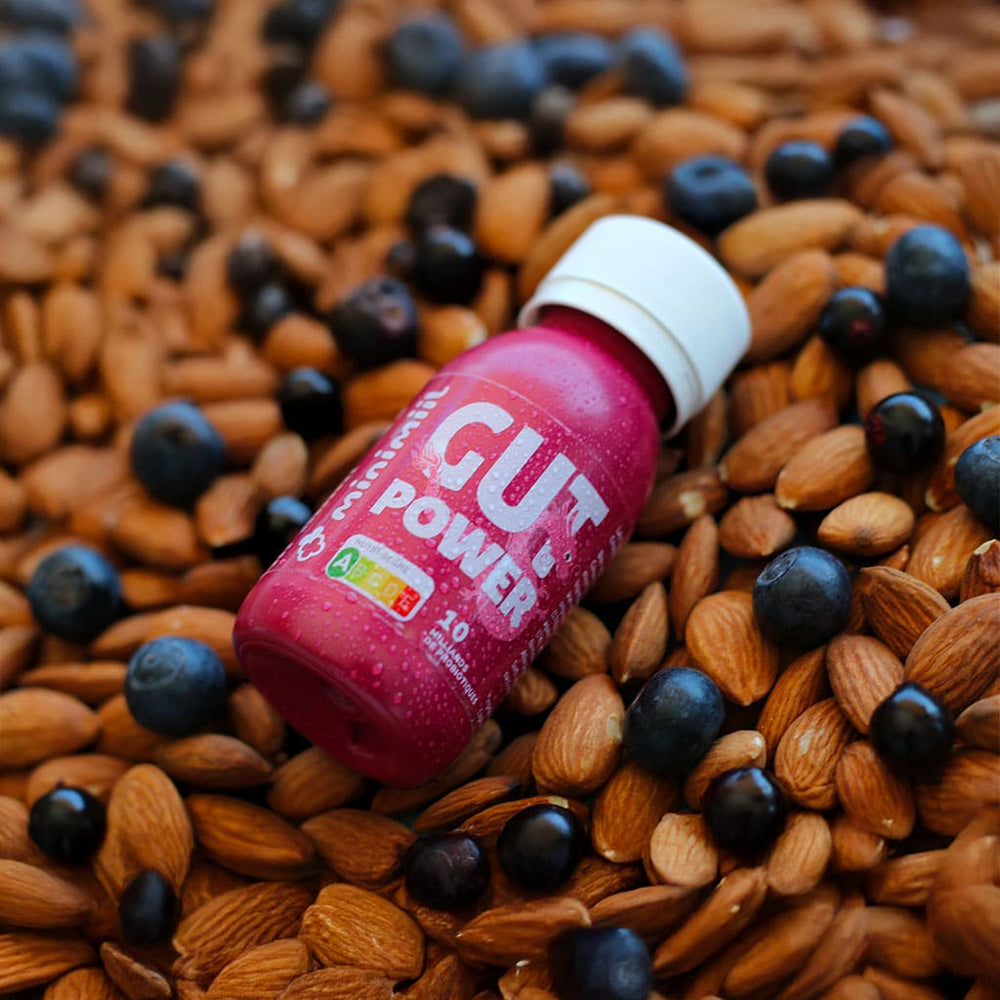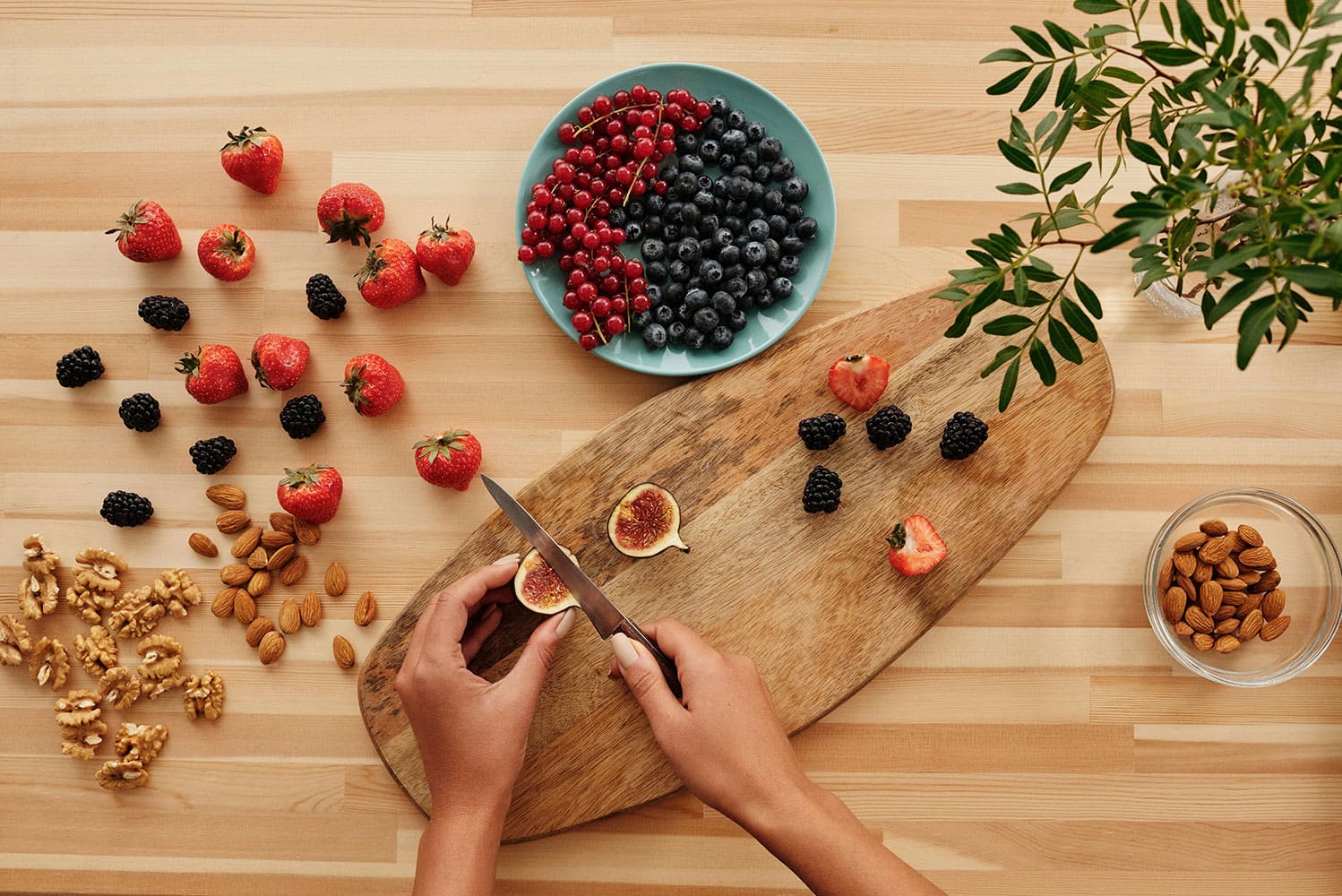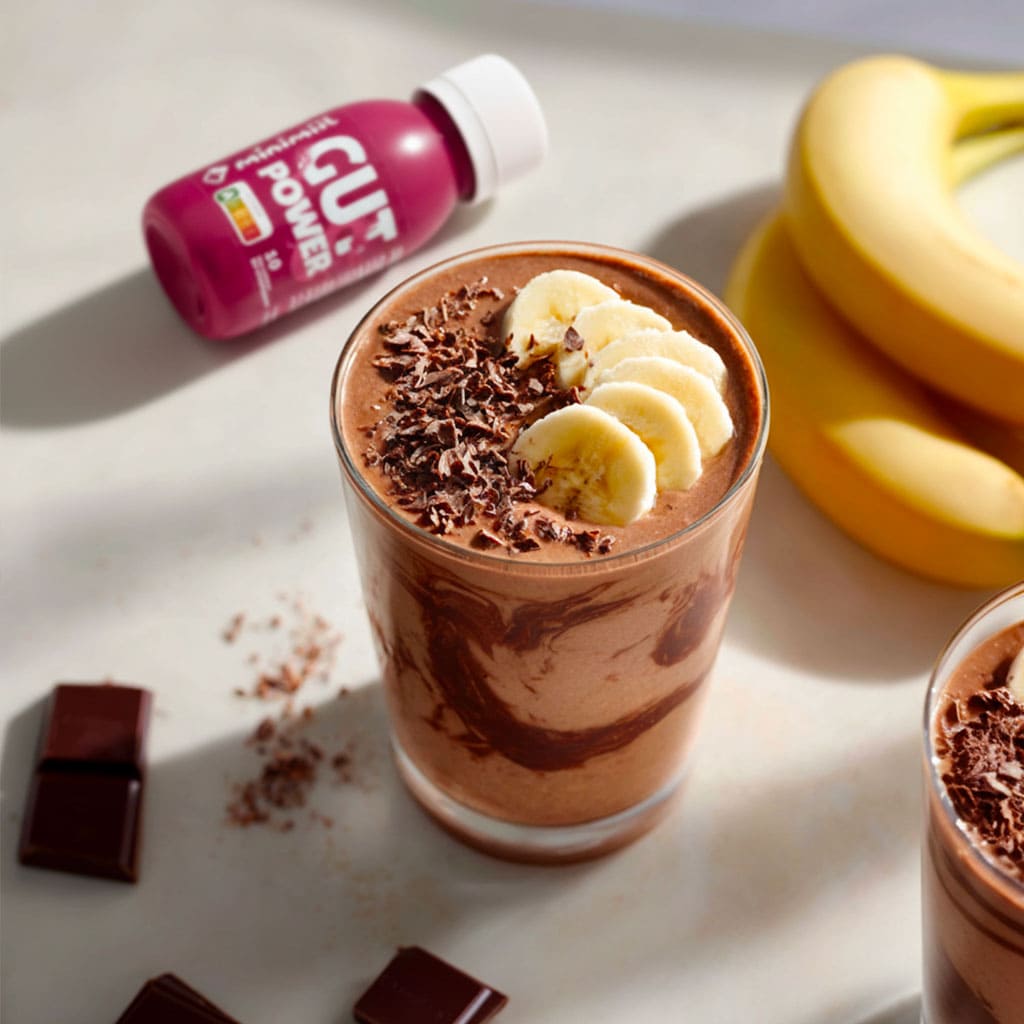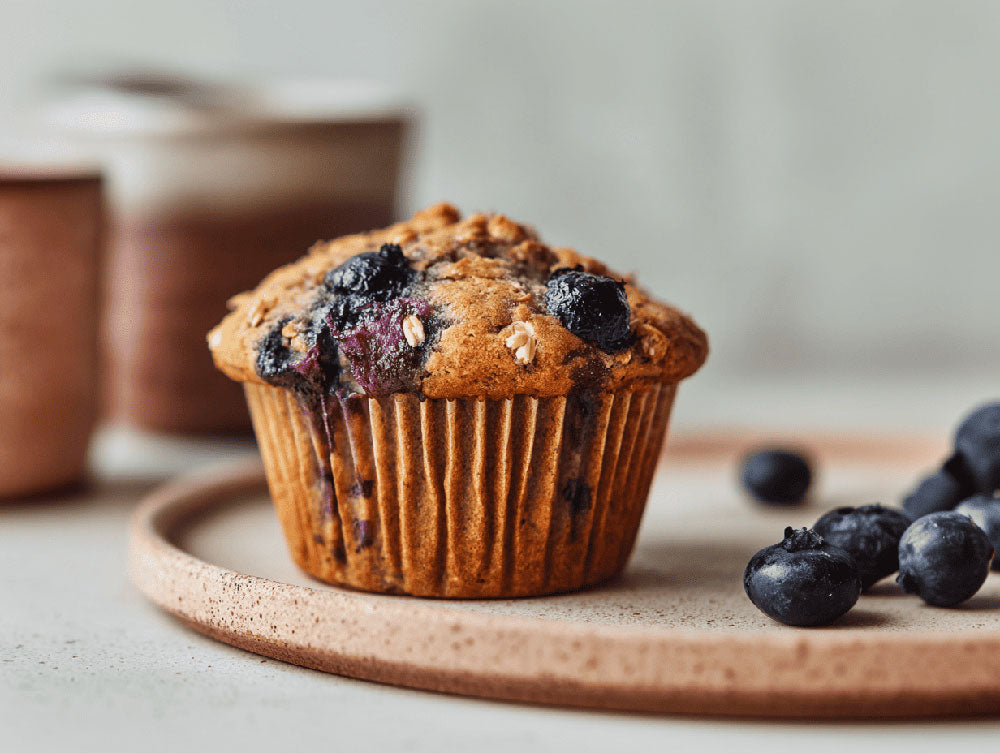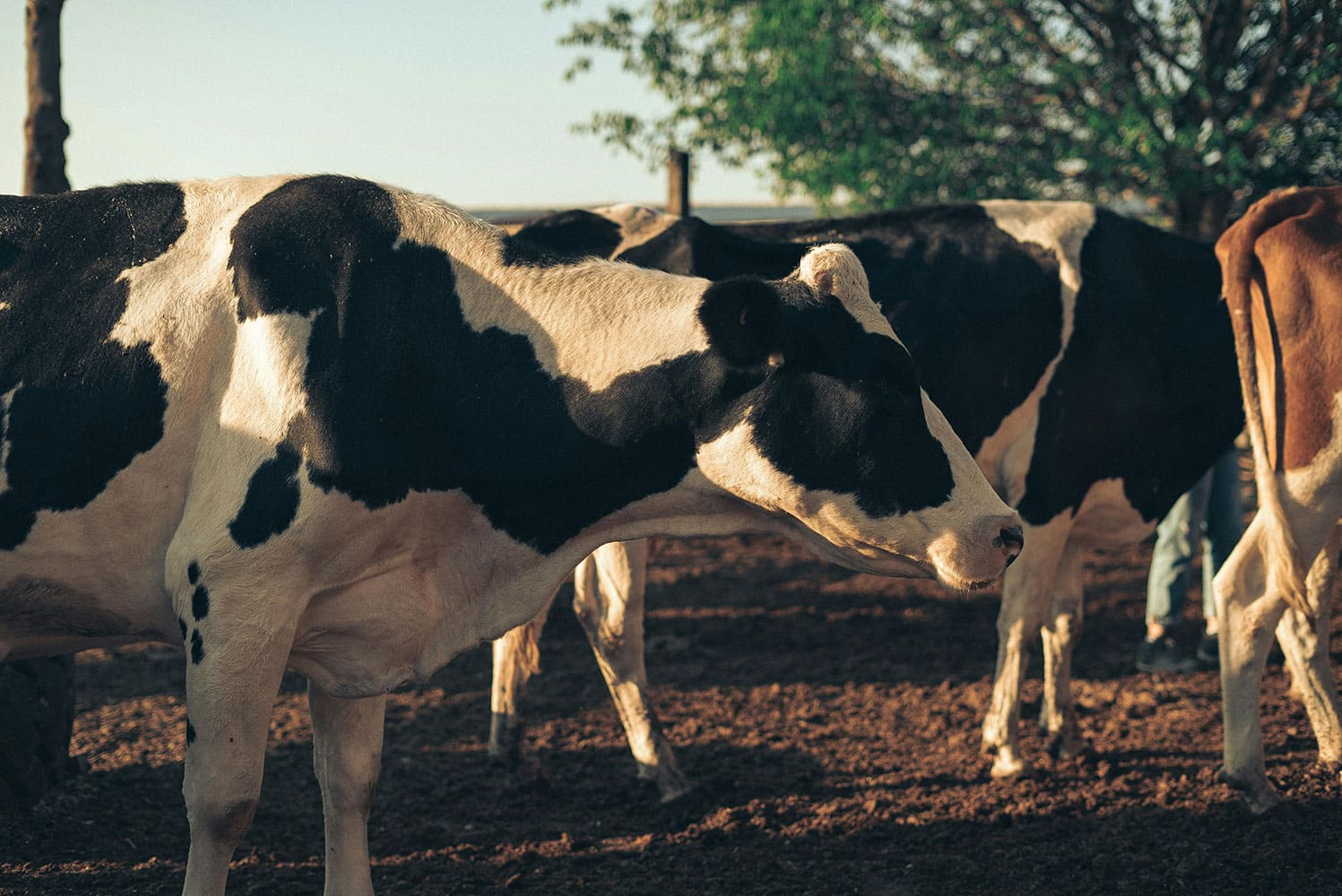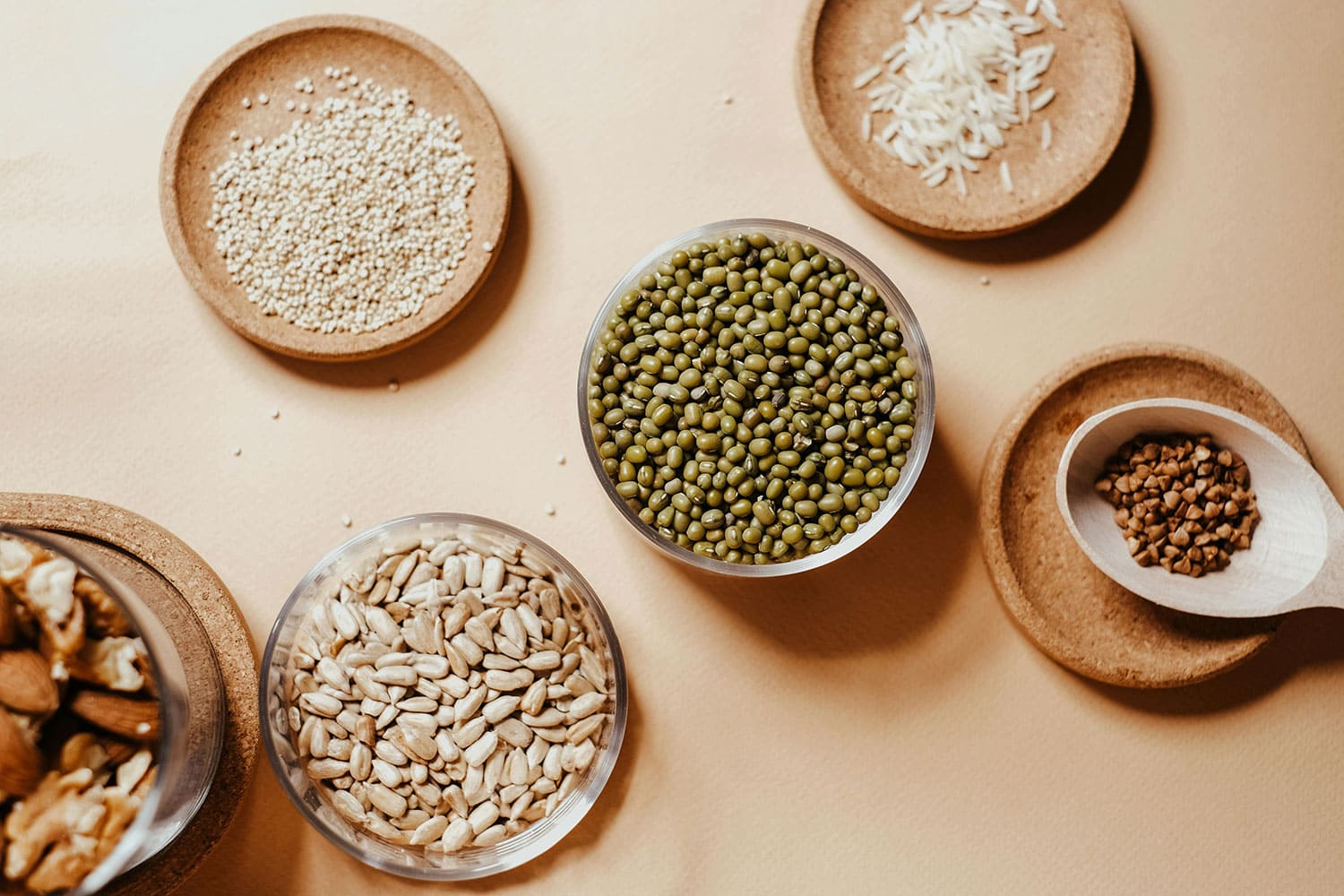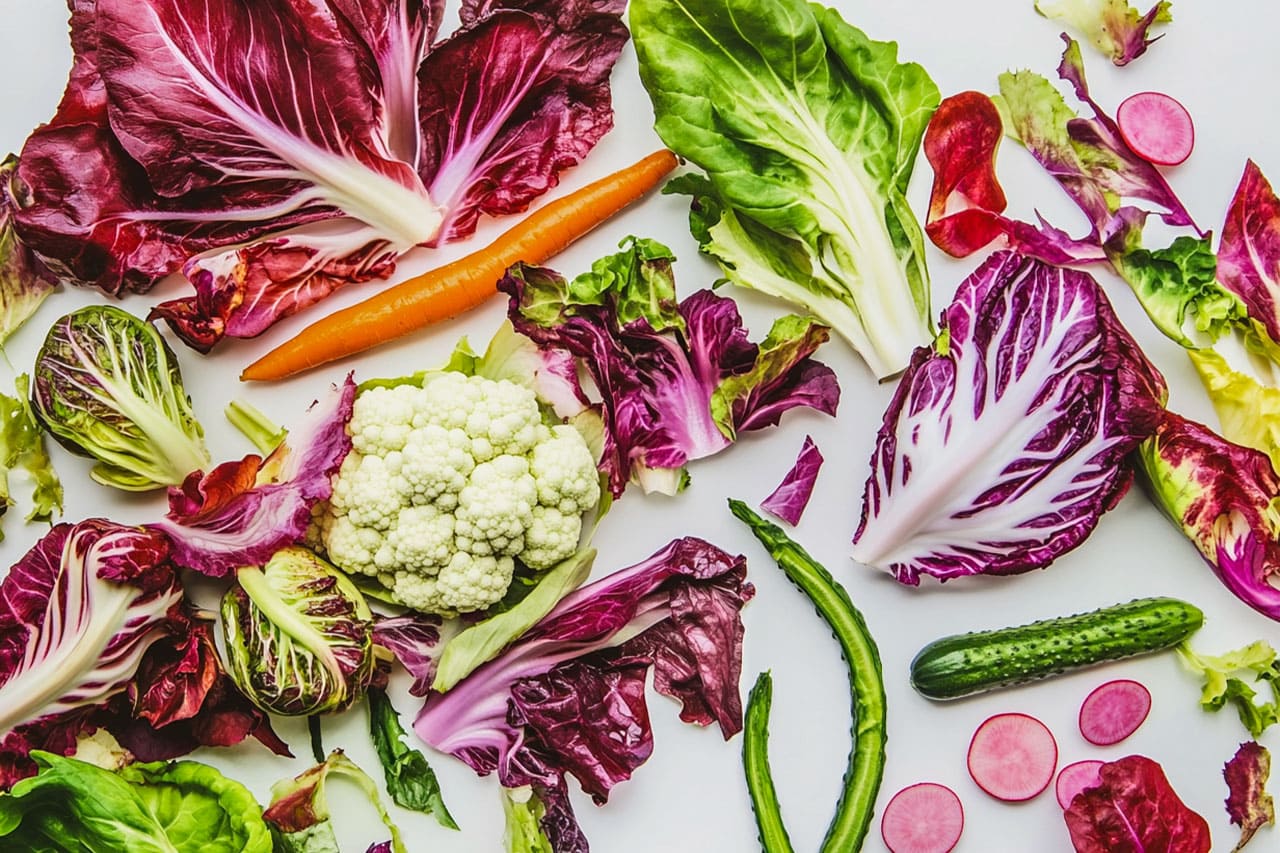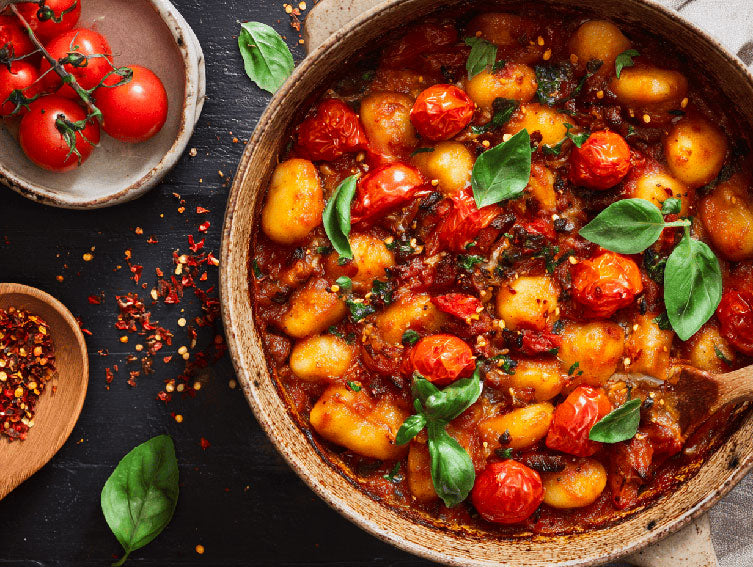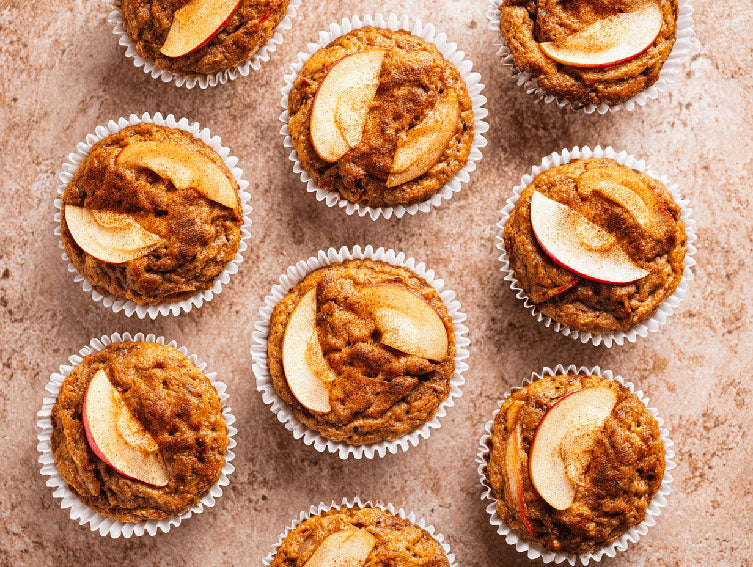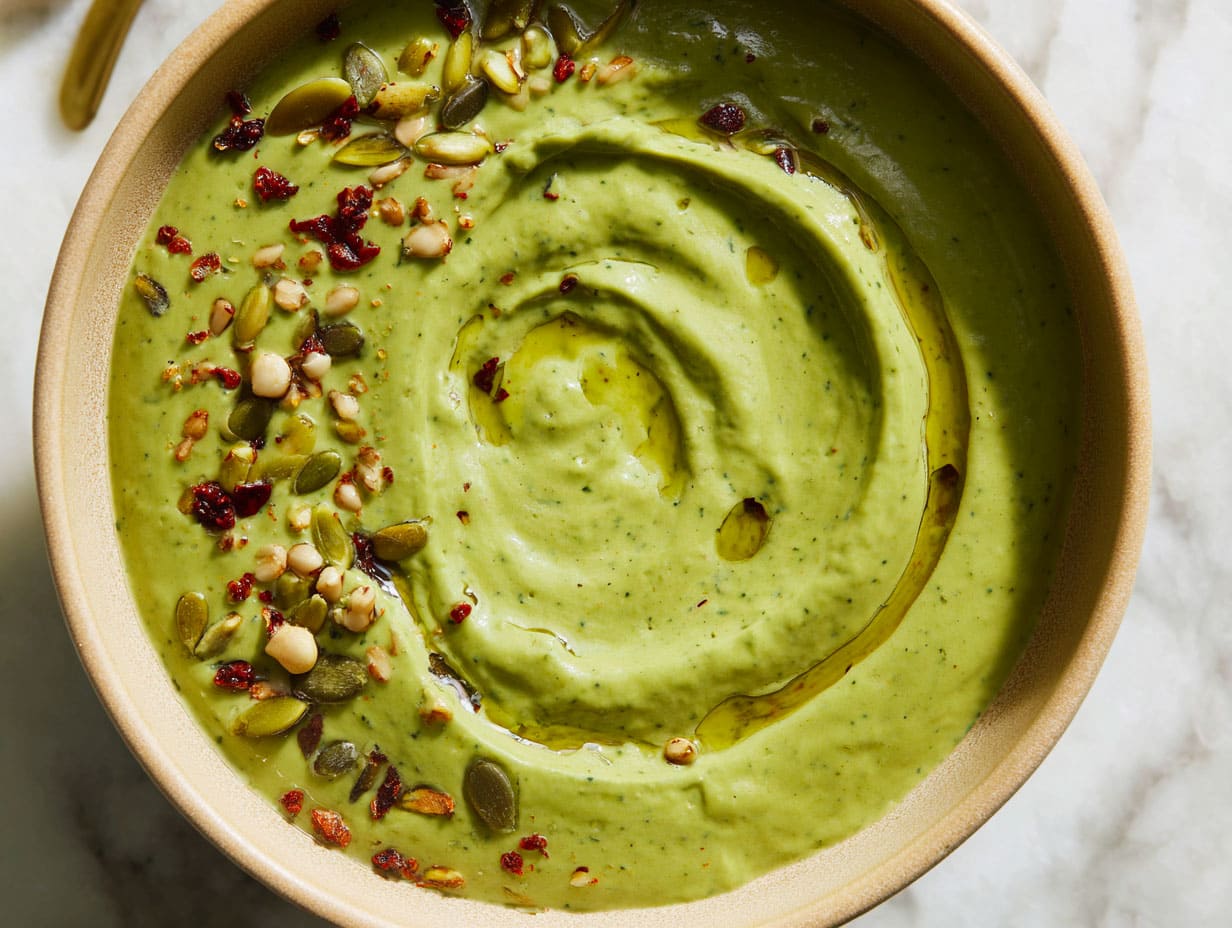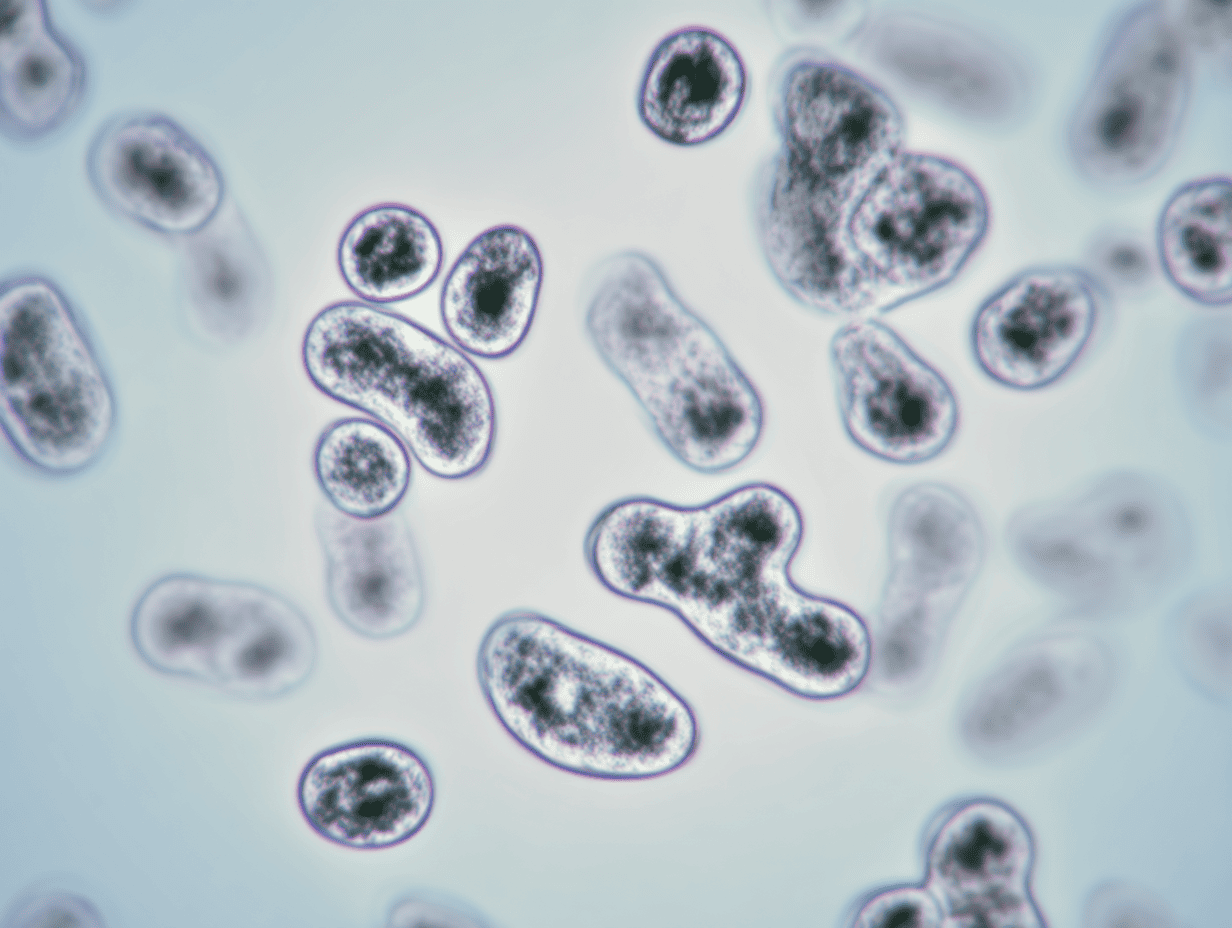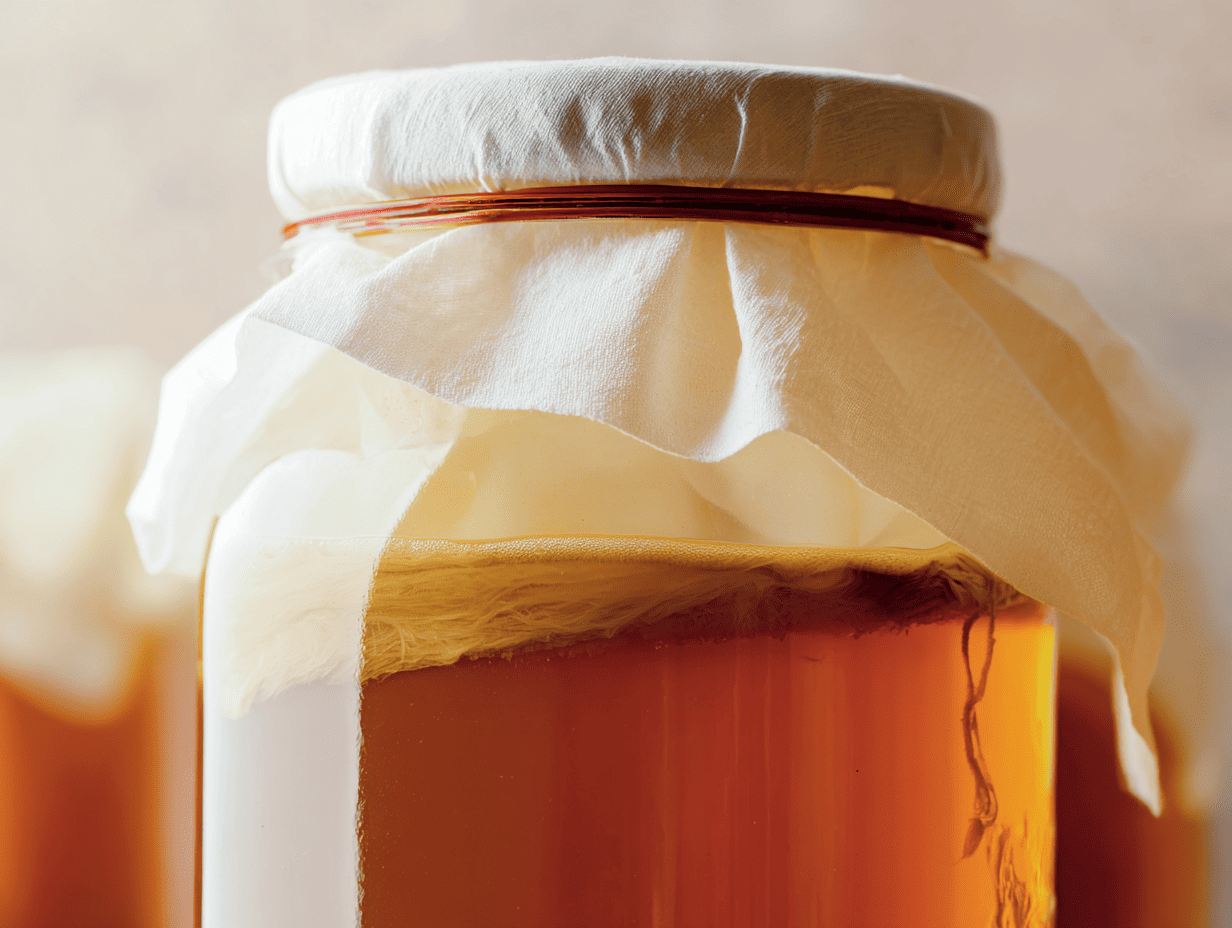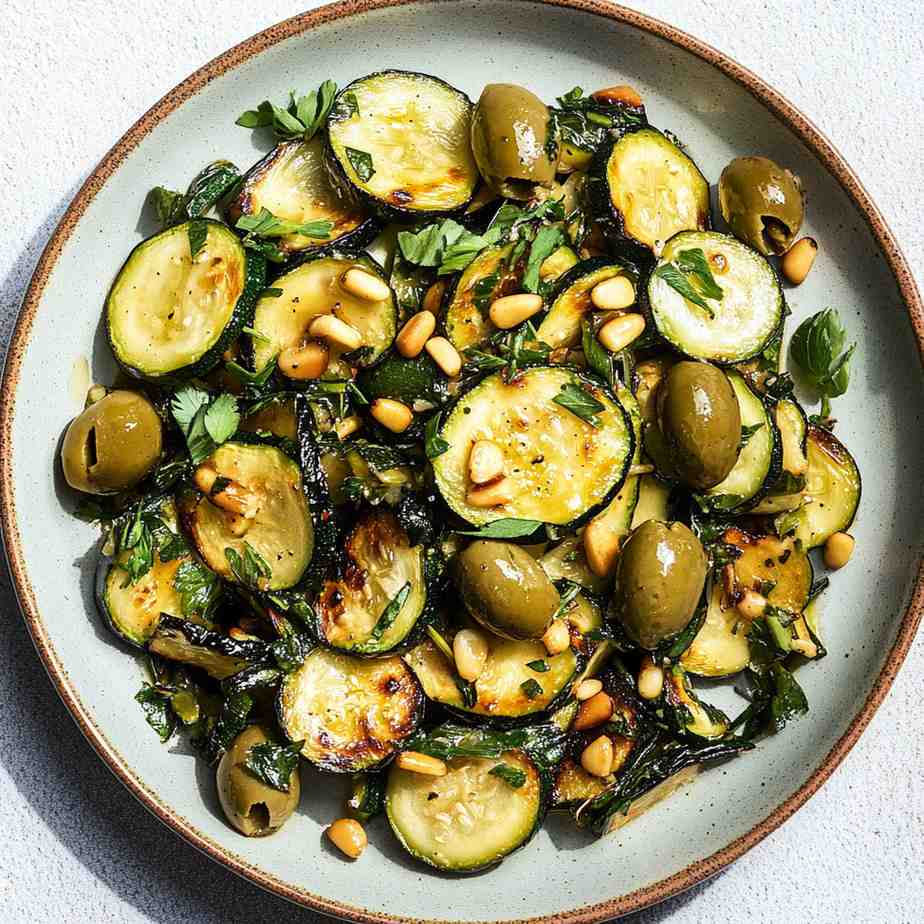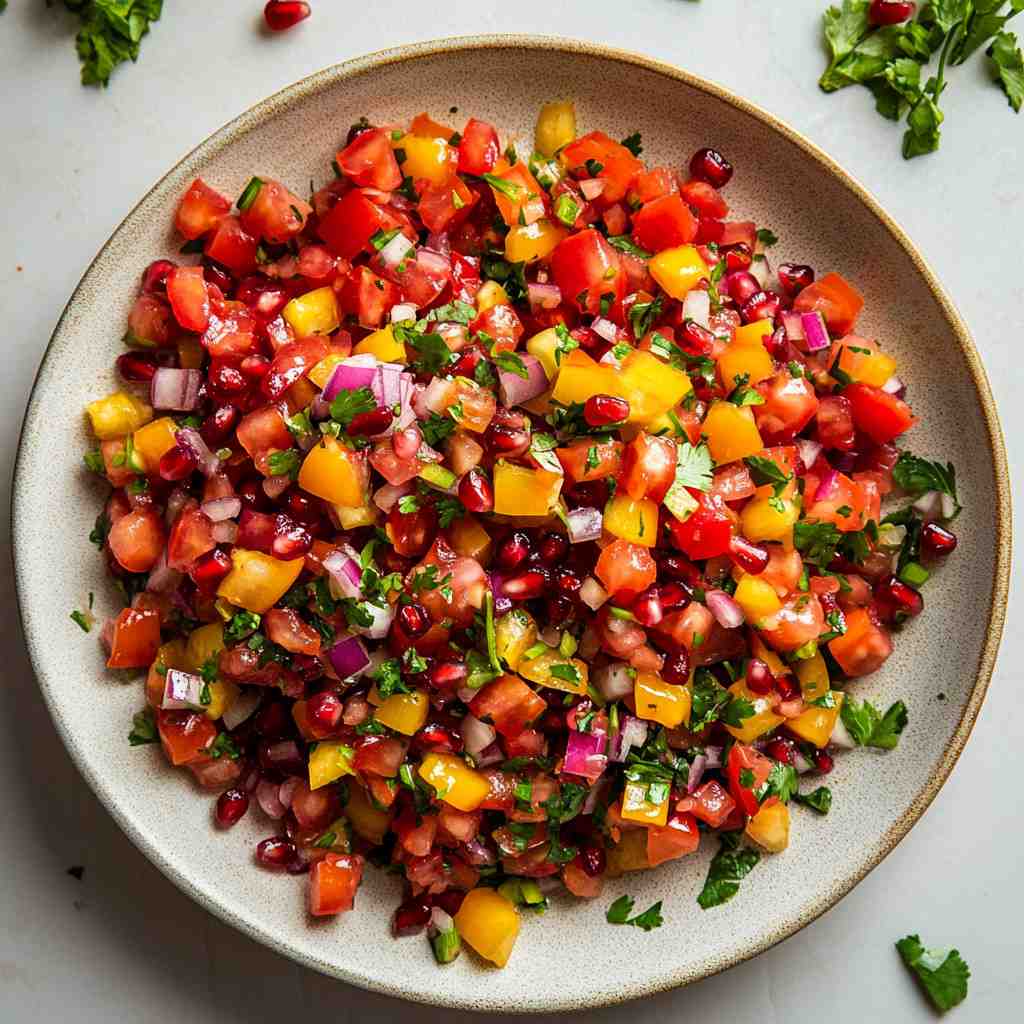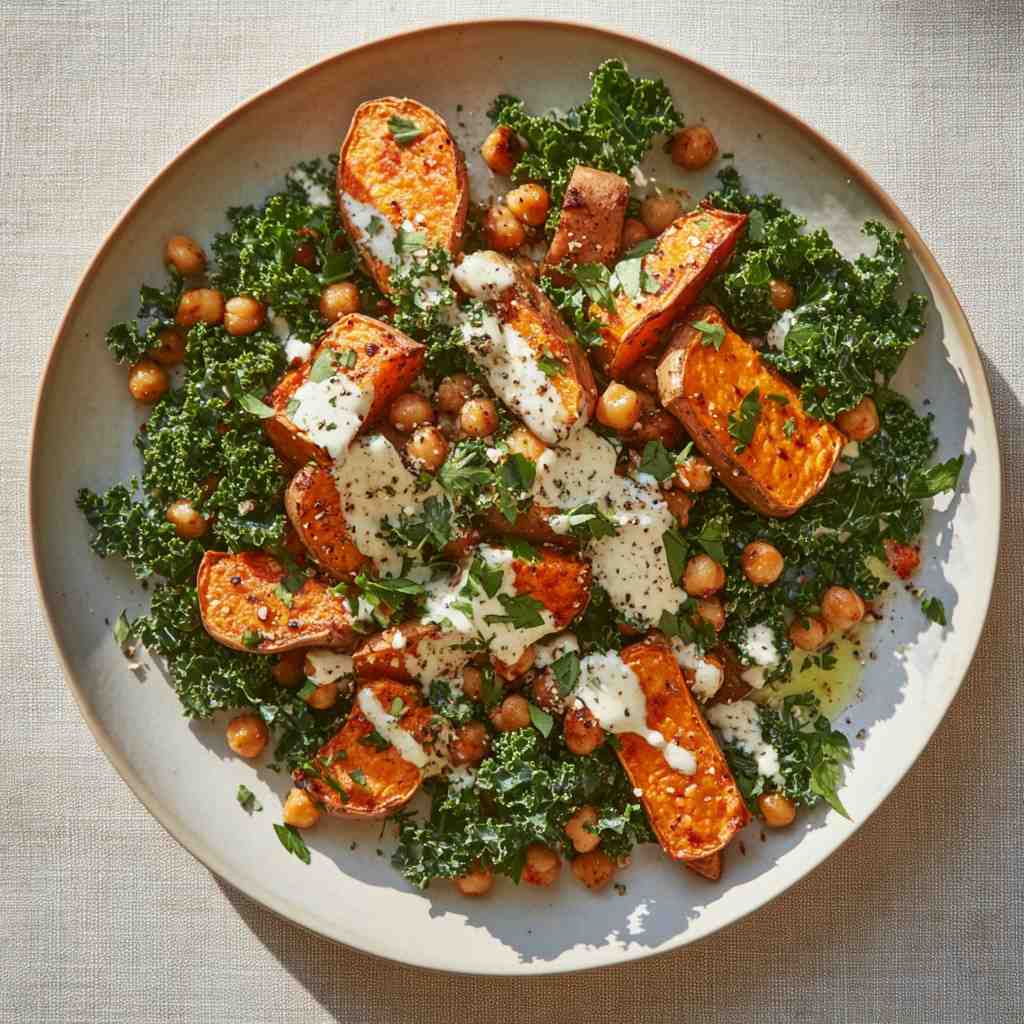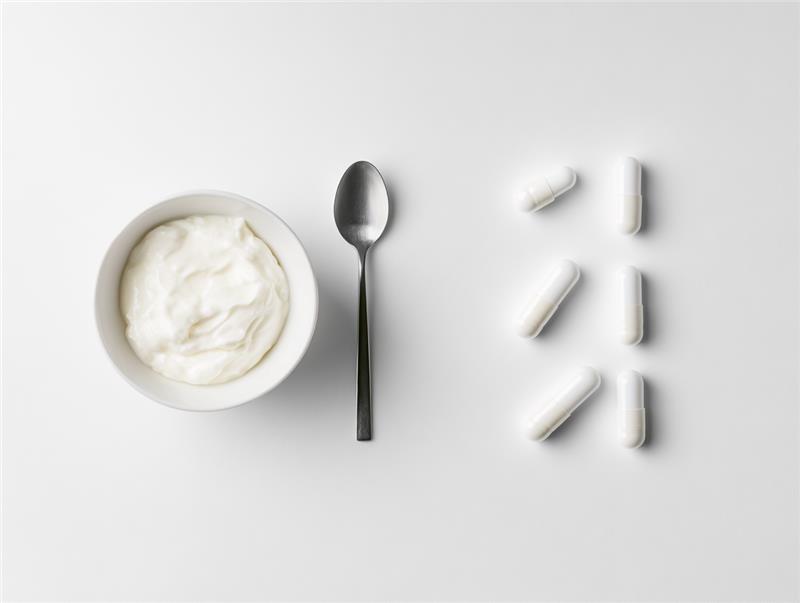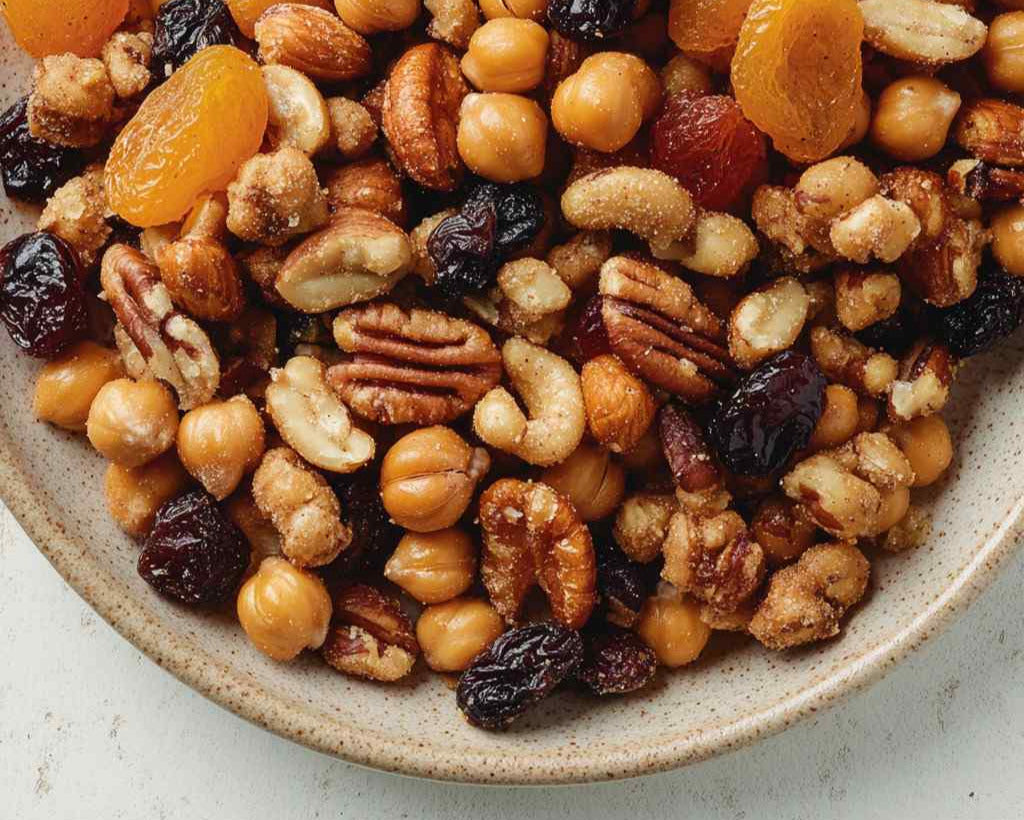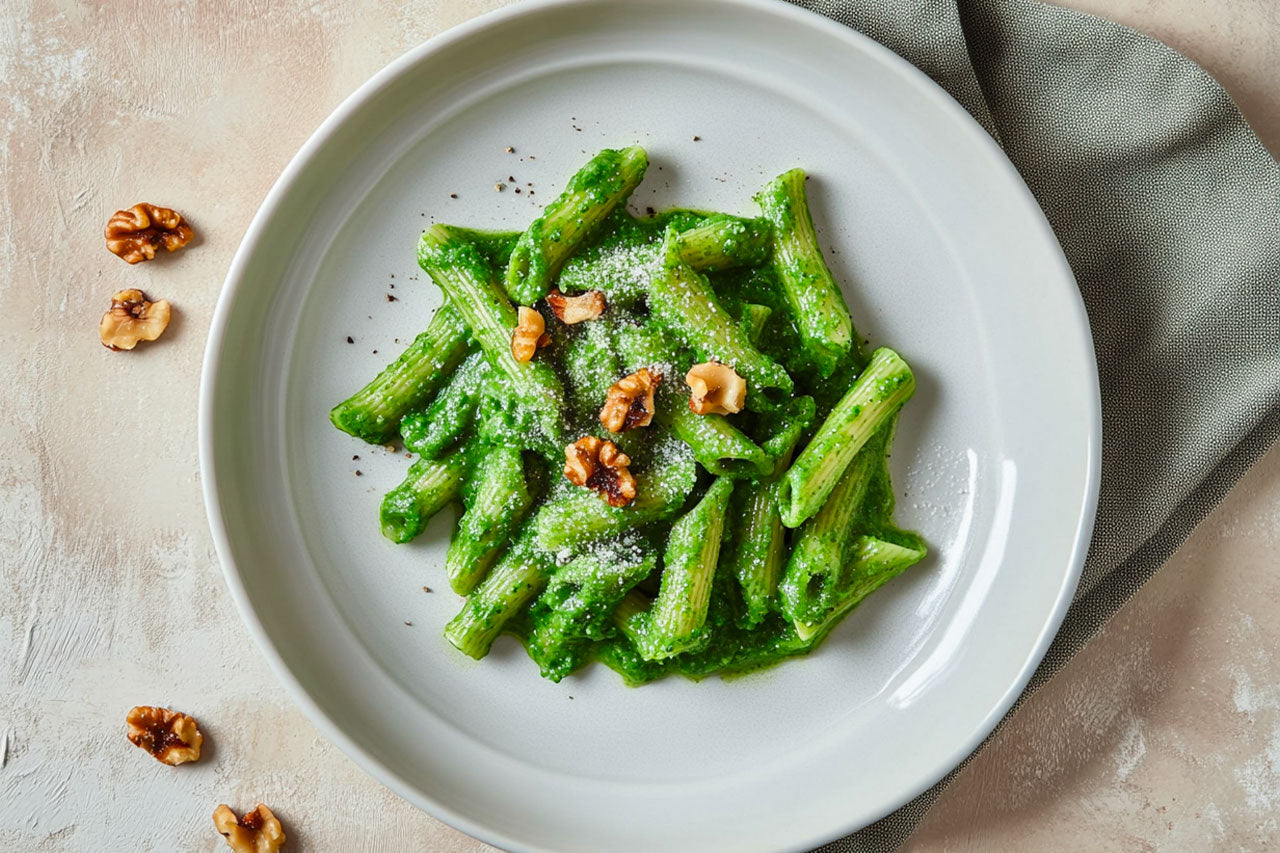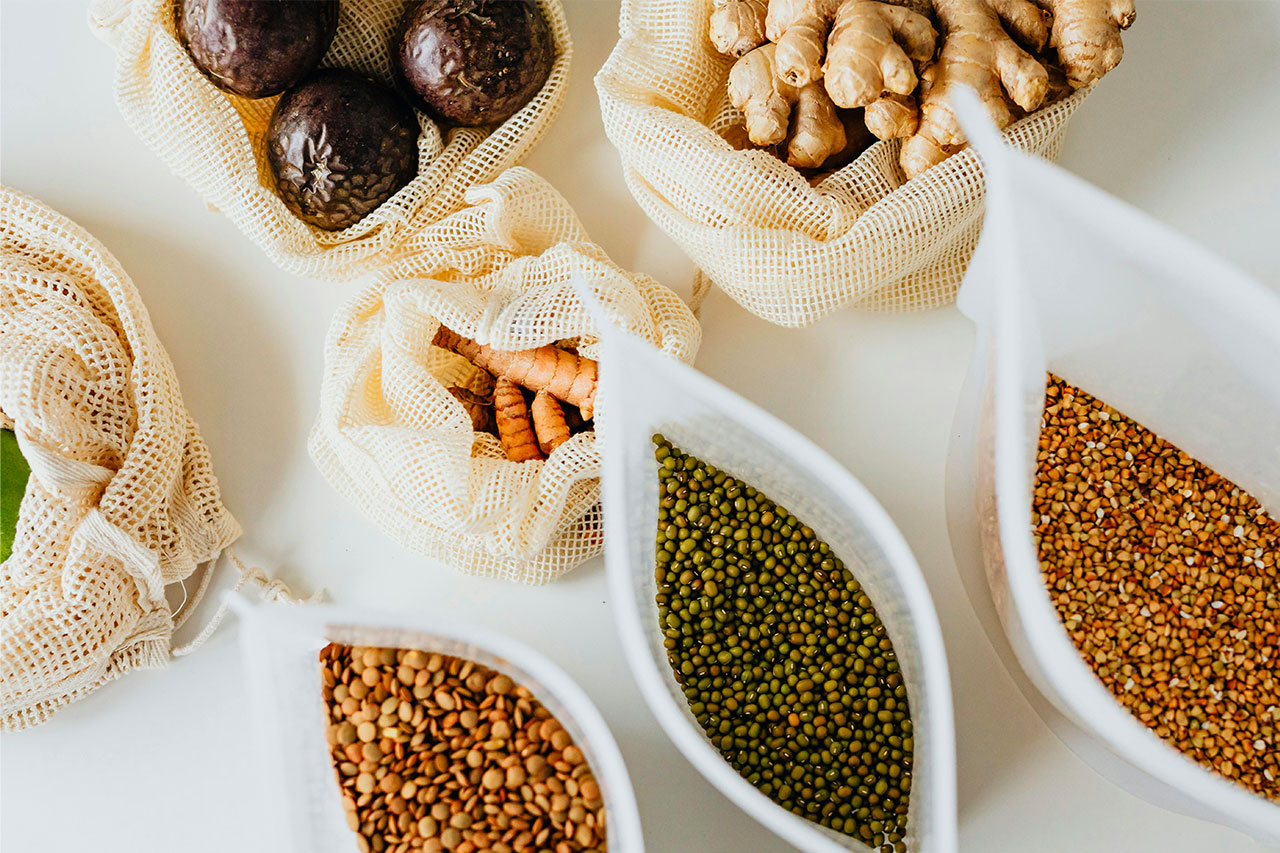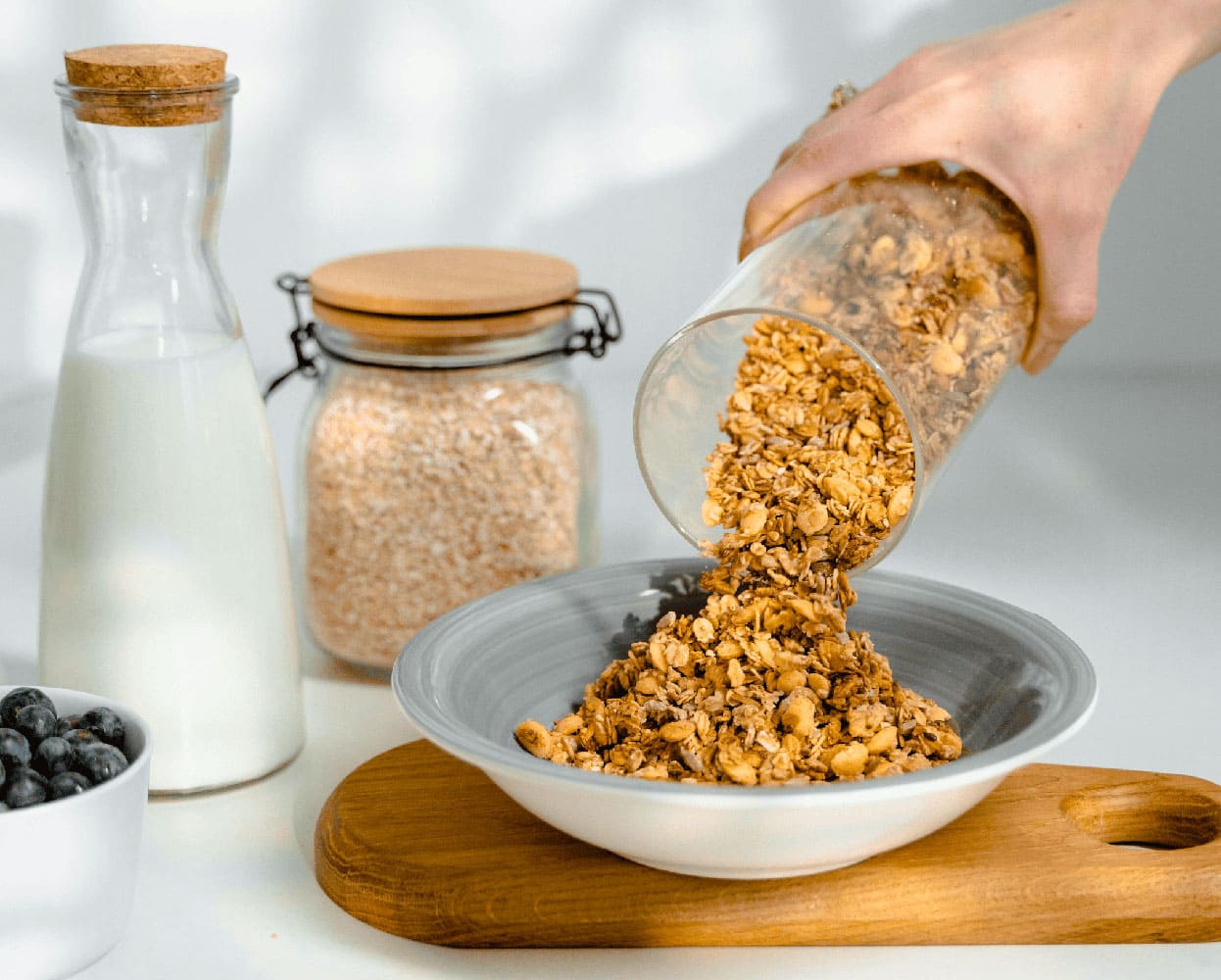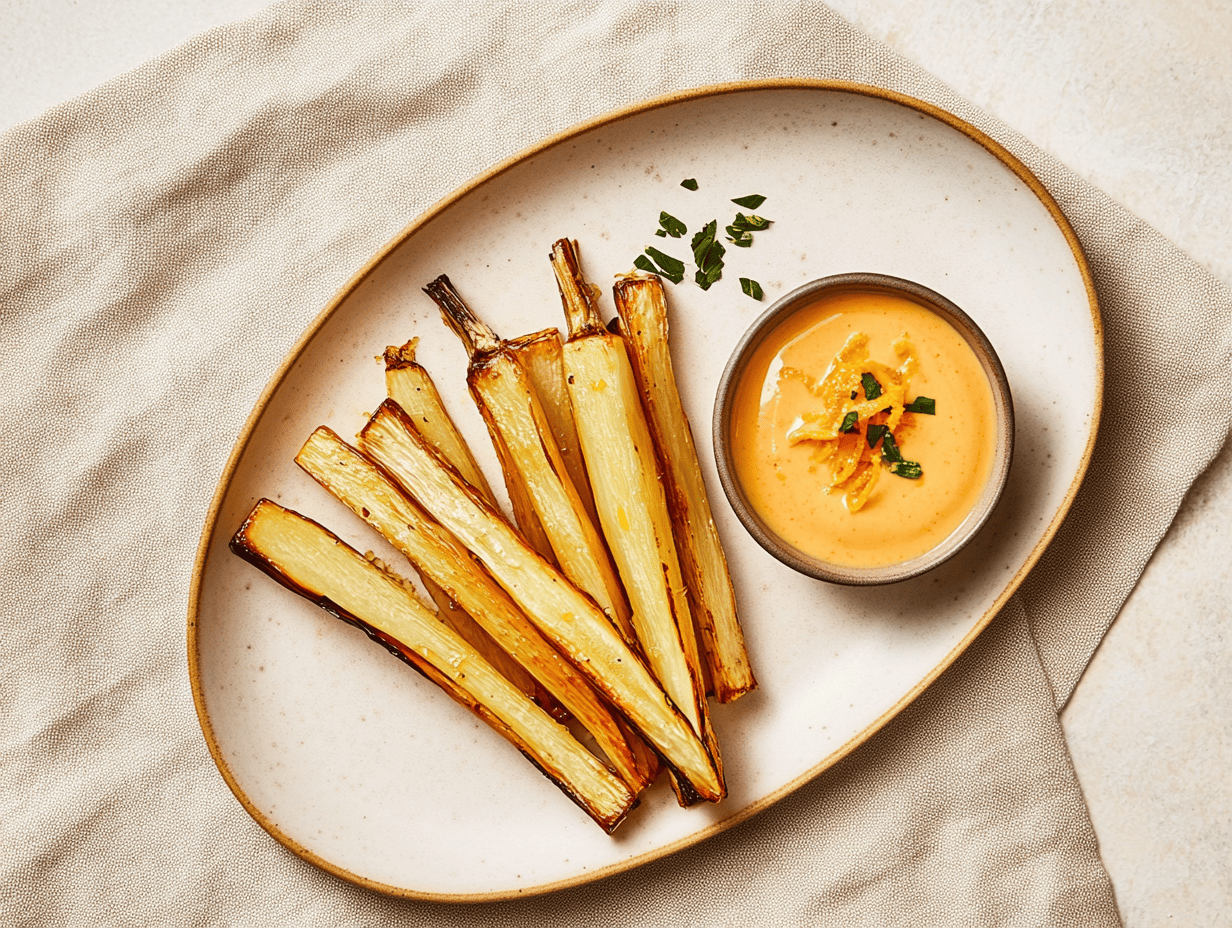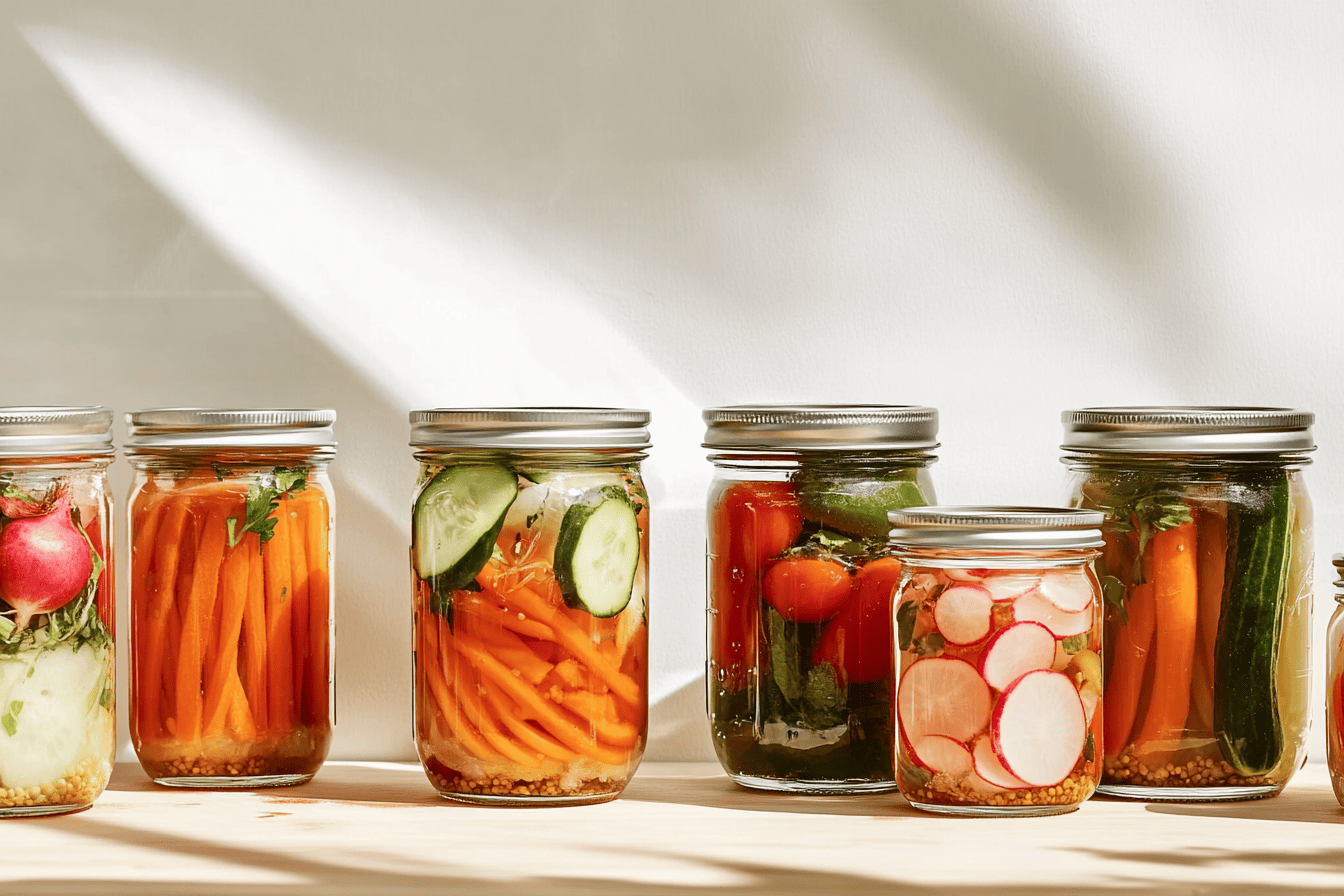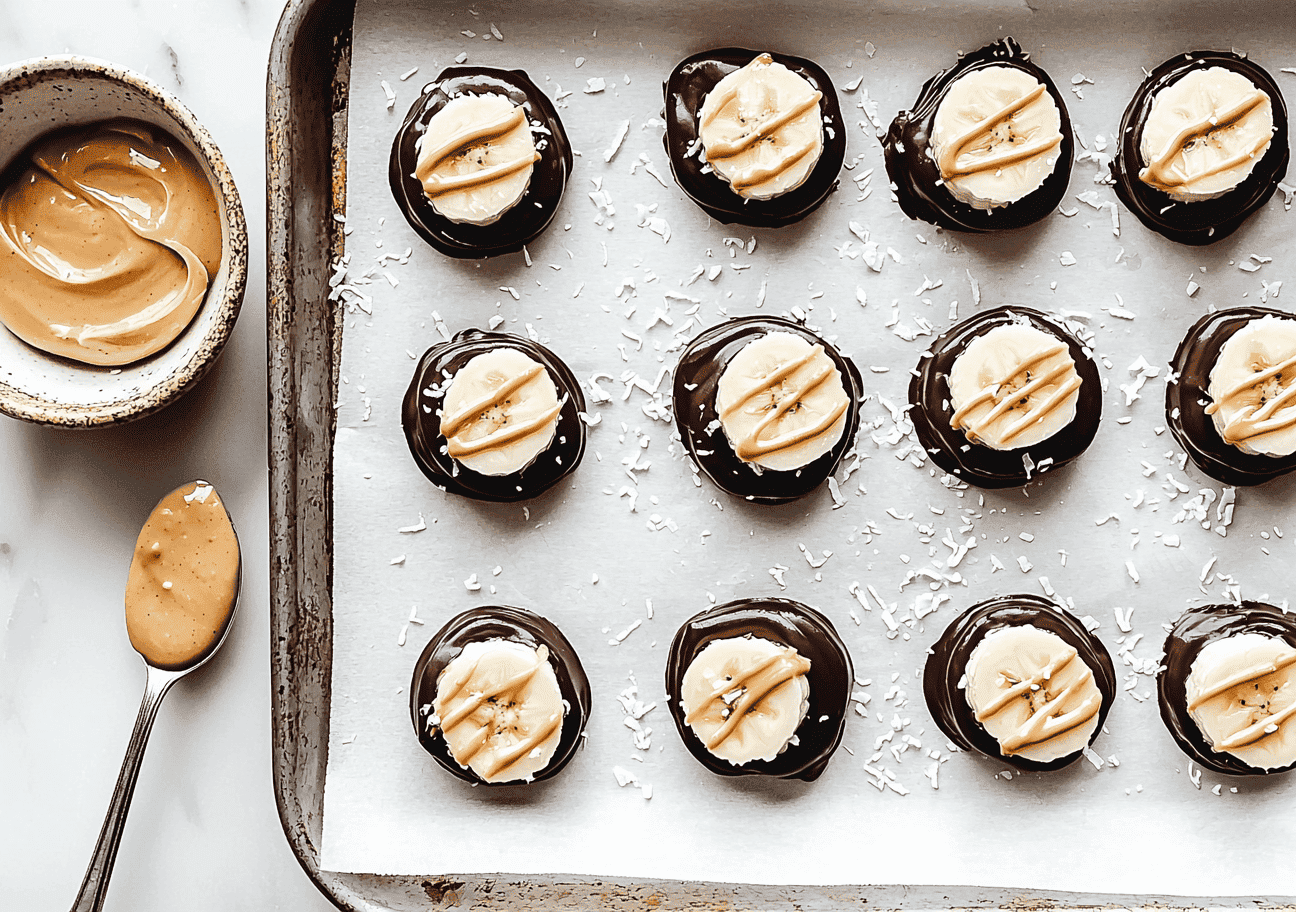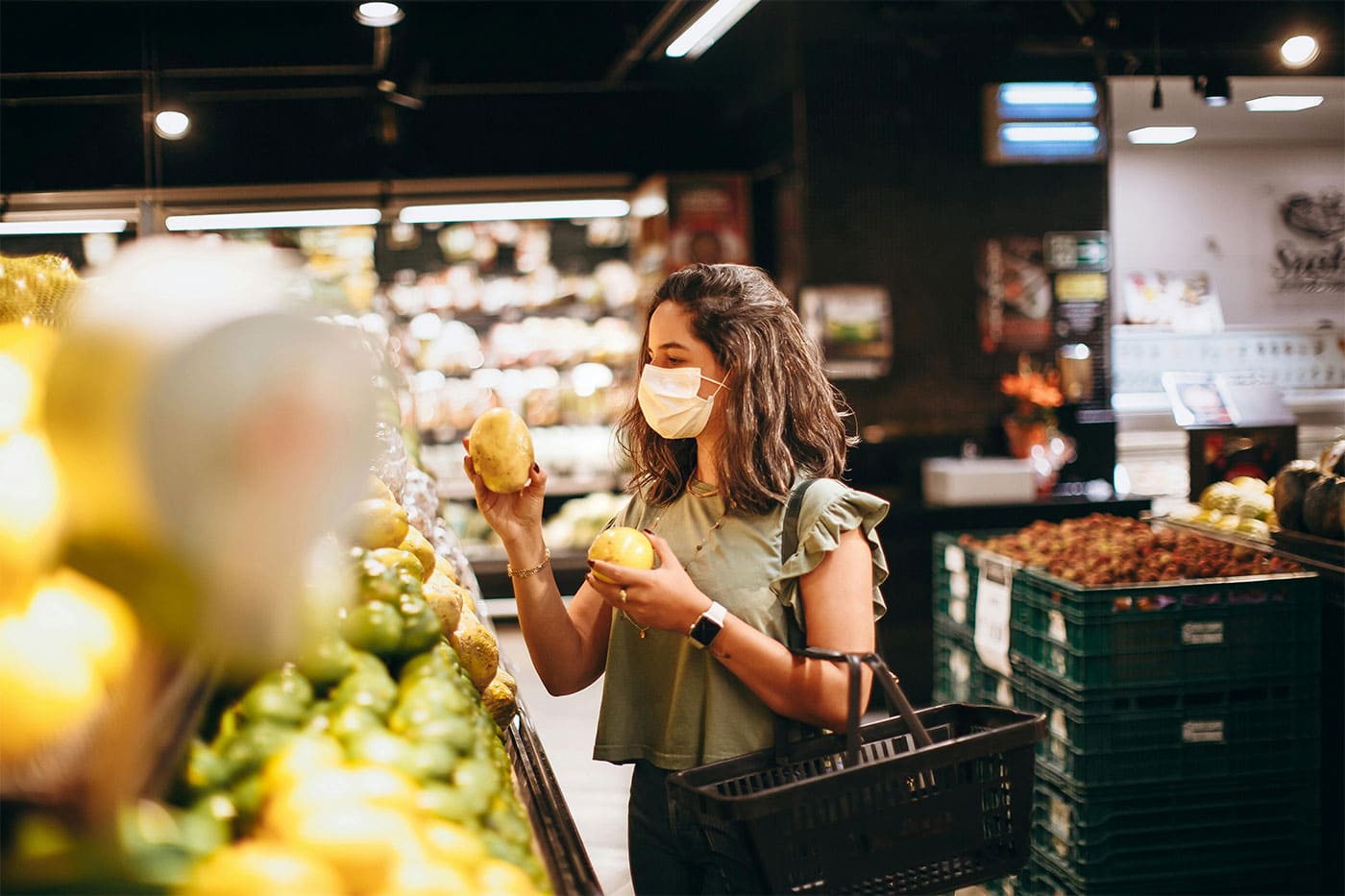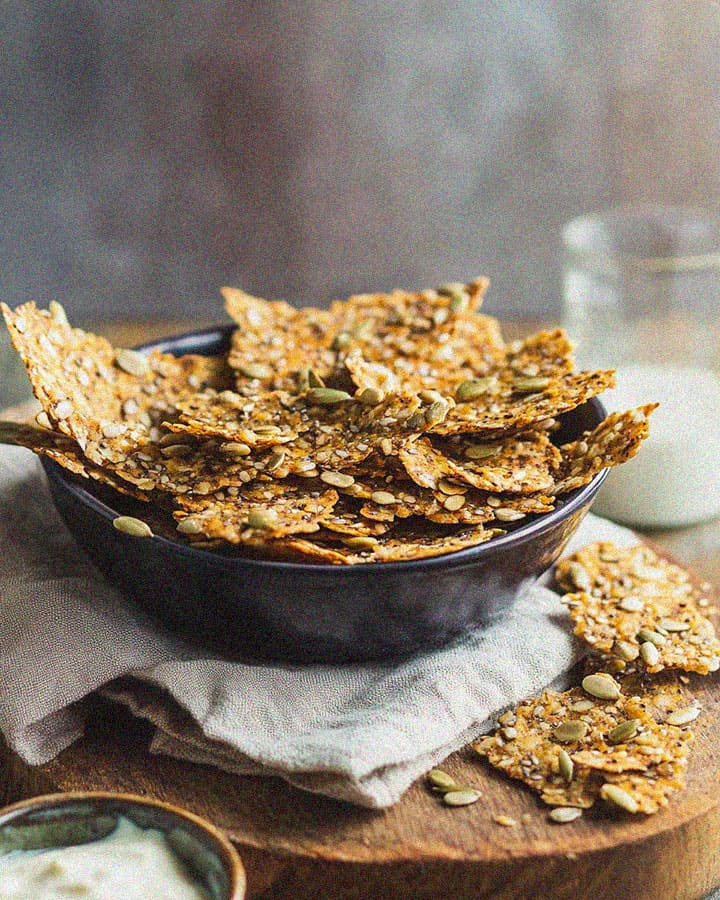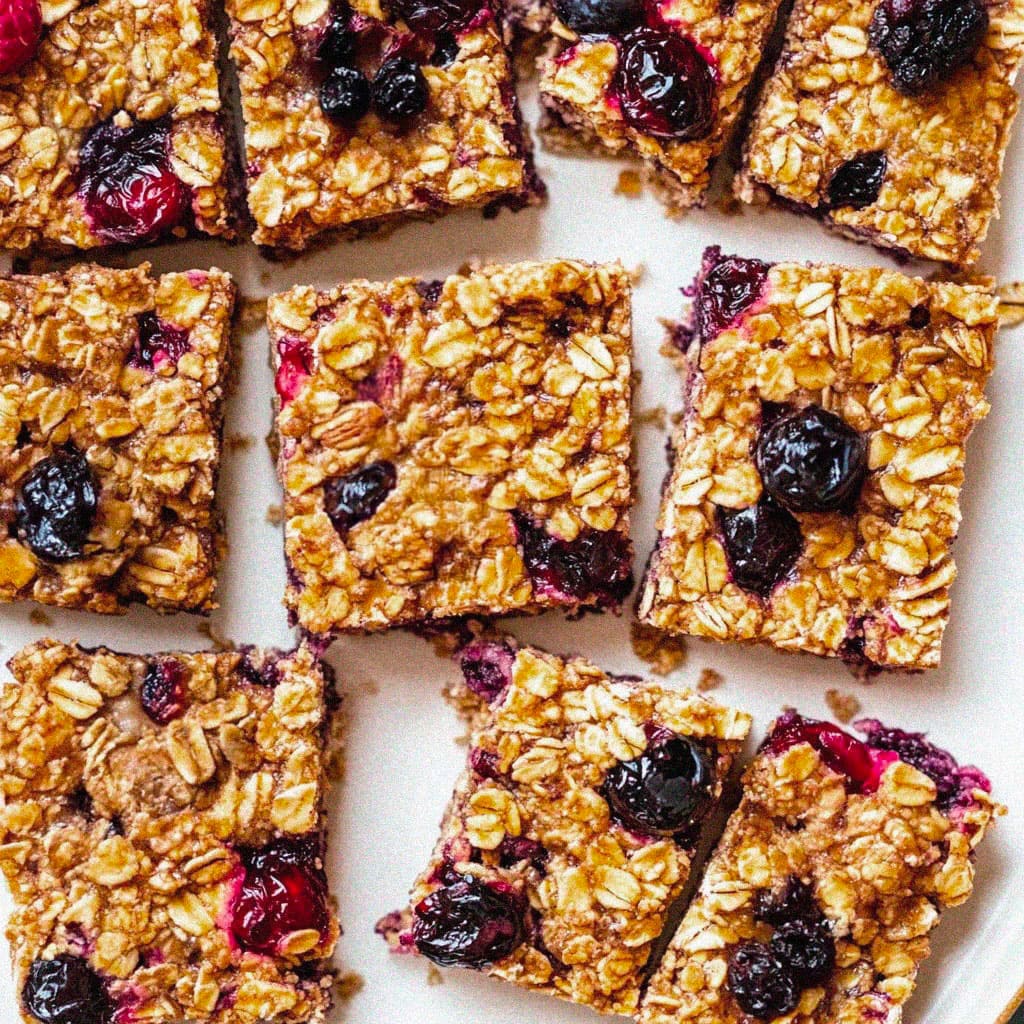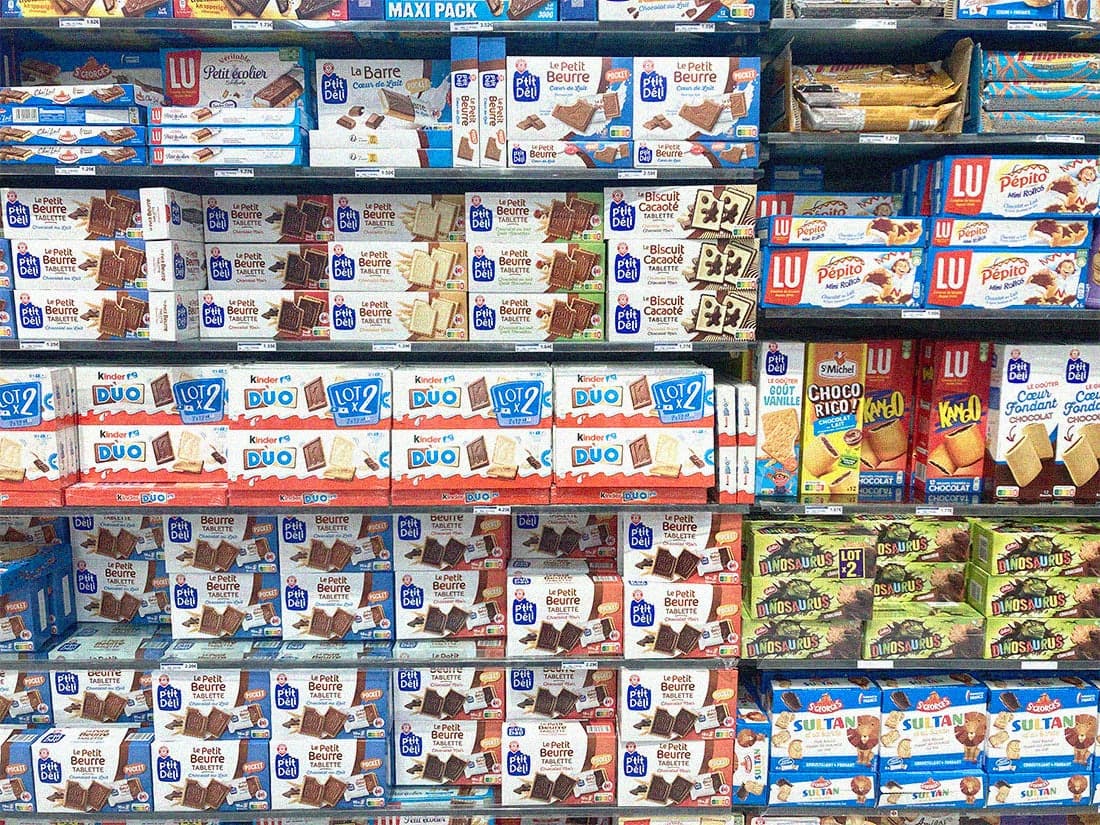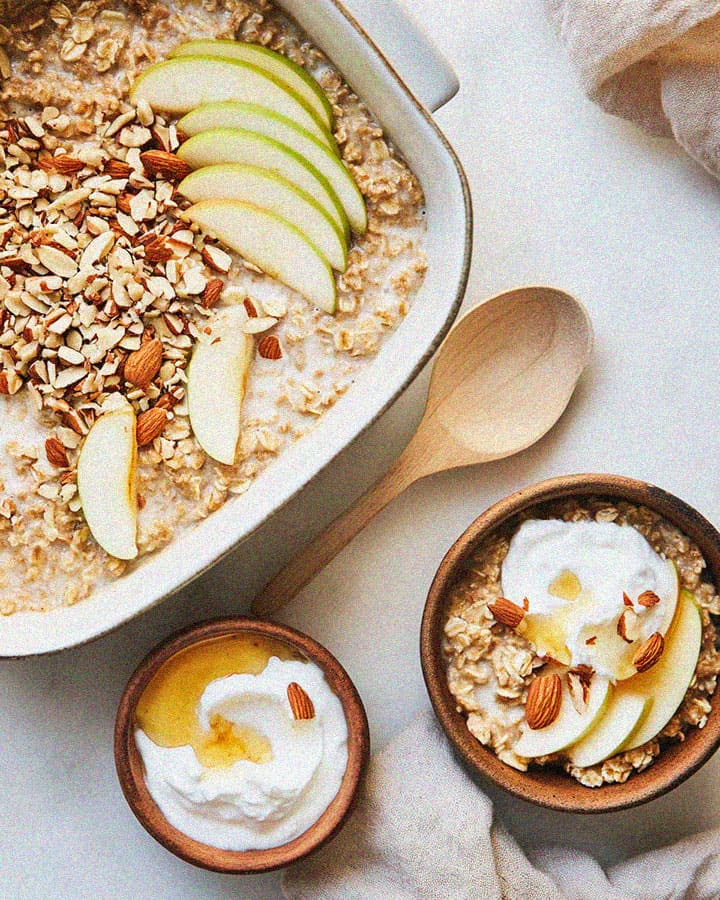Where “superfood” came from (and why words matter)
The term superfood didn’t come from a lab, it came from advertising more than a century ago. It’s catchy and it sells, which is why blueberries, chia seeds, and avocados get headlines. Originally, it helped market bananas as practical, digestible staples, and in the EU today, broad health claims require evidence and authorization. Words shape expectations, so we use them carefully, especially around kids. Rather than asking, “Is this a superfood?” a better question is, “What makes this choice valuable for us most days?” ⁶⁷⁸
The logic behind “super”
Let’s define super in the modern context of food:
• Nutrient density per calorie: more essential nutrients, fiber, and polyphenols for the energy you take in. ⁴⁵
• Nutrient density per ‘less‑good’ thing: how much good you get for every gram of free sugar, saturated fat, or sodium. ⁴
• Nutrient density per £/€: oats, beans, frozen veg, and mixed nuts often beat exotic items on nutrition per pound. ⁴
• Nutrient density per environmental footprint: plant‑forward, minimally processed foods usually give more nutrition for less impact. ⁴
• Function per millilitre for a specific job : e.g., live cultures + prebiotic fibers (gut support) or omega‑3s for heart health. ⁴⁵⁹
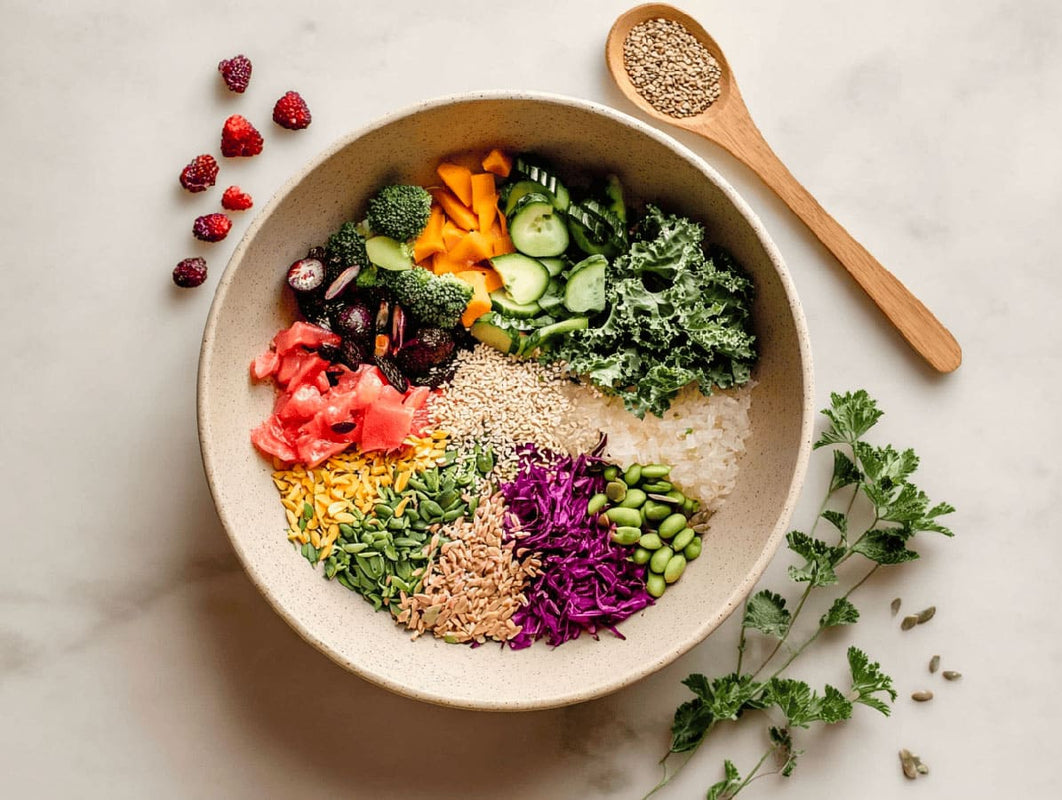
Why single foods don’t wear capes
Even truly nutrient-dense foods can’t carry your health alone, because what drives outcomes is the routine you repeat, not a cameo appearance. First, dose and frequency matter: a tablespoon of chia once a week won’t budge fibre intake or blood lipids, benefits come from foods you eat often and in meaningful amounts.³ Second, your body doesn’t absorb nutrients in a vacuum; bioavailability depends on the food matrix, vitamin C in fruit or veg can boost iron absorption from plants, and a little dietary fat helps you absorb vitamins A, D, E and K. Third, there’s the substitution effect: a “healthy” food only makes a difference if it replaces something less helpful (olive oil for butter; beans for processed meats), shifting the overall pattern.³ Fourth, foods work best in synergy, Mediterranean-style, plant-diverse patterns repeatedly outperform any lone “star” ingredient because they combine fibre, polyphenols, unsaturated fats, and minimally processed staples together.³¹⁰ Finally, personal variation is real: two people can eat the same meal and show very different post-meal blood sugar and fat responses, so what’s “super” for you may be different for someone else.⁹

